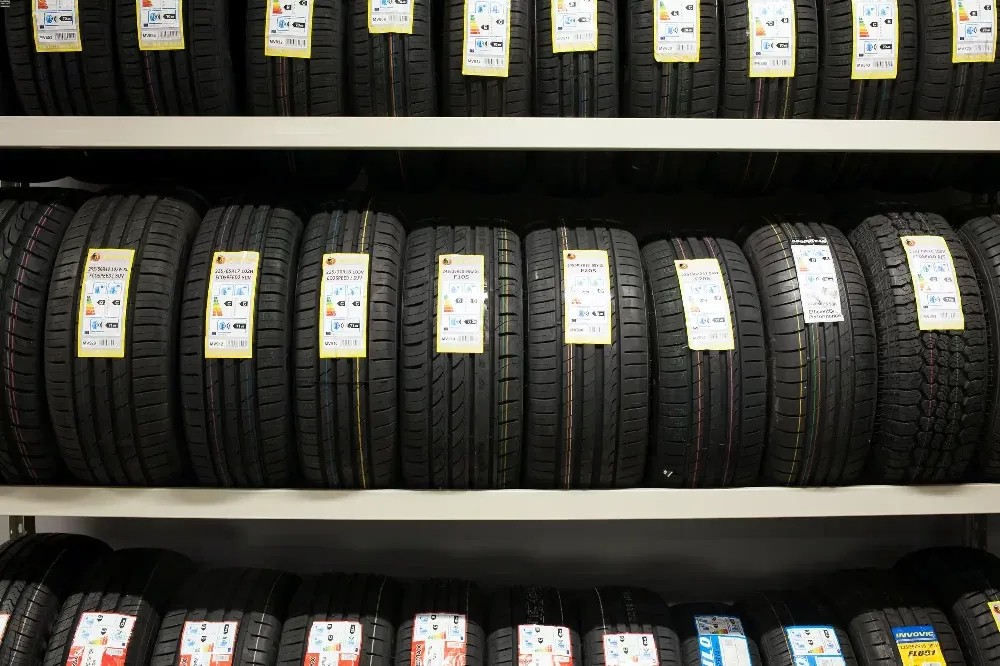As electric vehicles (EVs) become more popular, one of the top concerns for potential owners is range—how far you can drive before needing to recharge. While manufacturers provide estimated ranges, the actual distance your EV can travel depends on many dynamic factors. From driving habits to environmental conditions, there are several ways to extend your EV’s range and get the most out of every charge.
With the right strategies and smart use of your China EV charger, you can improve efficiency and reduce range anxiety.
Understanding What Affects EV Range
An EV’s range is not fixed. It depends on how the energy stored in the battery is used. Think of your EV’s battery as a fuel tank—but one that also powers many systems, including the motor, air conditioning, heating, and onboard electronics.
While battery capacity (measured in kilowatt-hours) is important, how you drive and maintain your vehicle plays a big role in how far you can go. Quick acceleration, high speeds, and excessive use of climate control can all drain your battery faster. On the other hand, efficient driving habits and good maintenance can extend your range well beyond the manufacturer’s estimates.
Driving Habits That Help Maximize EV Range
Your driving style significantly impacts how much energy your EV consumes. Here are key techniques that can help extend your range:
1. Accelerate Smoothly
Rapid acceleration uses a lot of energy. Instead, try to accelerate gradually and maintain a steady pace. Smooth driving not only conserves battery power but also creates a more comfortable and safer ride.
2. Control Your Speed
The faster you drive, especially on highways, the more energy your EV uses. Maintaining a speed between 50–65 mph (80–105 km/h) is ideal for balancing travel time with energy efficiency.
3. Take Advantage of Regenerative Braking
EVs are equipped with regenerative braking systems that convert braking energy back into electricity. Learn to ease off the accelerator early and let the car slow down naturally to make the most of this feature.
4. Limit Use of Climate Control
Air conditioning and heating can be major drains on your battery. Use them sparingly or consider using seat warmers or fans instead. If your EV offers a preconditioning feature, use it while the car is plugged in to avoid battery drain during your trip.
5. Plan Efficient Routes
Use navigation tools to choose routes with less traffic, fewer stops, and flatter terrain. These routes consume less energy and help maintain consistent speed. Also, know where nearby charging stations are, just in case.
Other Strategies to Extend Your EV’s Range
In addition to how you drive, the following strategies can help increase your vehicle's efficiency:
1. Maintain Proper Tire Pressure
Underinflated tires create more rolling resistance, making your EV work harder and reducing range. Check tire pressure regularly and keep it at the manufacturer-recommended level.
2. Use Preconditioning Features
Preheat or precool your cabin and battery while the vehicle is still connected to the charger. This allows the vehicle to use grid power instead of battery power, preserving energy for the road.
3. Reduce Extra Weight
Avoid carrying unnecessary items in your trunk or on roof racks. The heavier your vehicle, the more energy it takes to move. Lightening the load boosts efficiency.
4. Select Terrain-Friendly Routes
Avoid hilly routes when possible, as climbing consumes more energy. Opt for flatter terrain or take advantage of downhill stretches where regenerative braking can help recharge your battery.
5. Use Eco Mode
Most EVs offer eco-driving modes that limit acceleration and adjust climate settings to reduce energy consumption. Use this feature, especially for city driving, to stretch your range further.
6. Limit Auxiliary Power Use
Features like infotainment systems, interior lights, and heated seats all draw energy from the battery. Turn them off when not in use to conserve power.
7. Drive at a Consistent Speed
On highways, cruise control can help you maintain a steady pace, reducing unnecessary acceleration and braking that waste energy.
Environmental and Design Factors That Affect Range
Even with perfect driving habits, some external factors will impact your EV’s range:
- Temperature Extremes
Both hot and cold weather can reduce battery efficiency. In cold weather, batteries are less responsive, and more energy is used for heating. In hot weather, cooling systems draw extra power. Thermal management systems can help minimize these effects.
- Battery Health
Avoid consistently running your battery down to 0% or keeping it at 100% for long periods. Aim to keep the charge between 20% and 80% to maintain battery health and performance.
- Wheel Size
Larger wheels may look appealing but often reduce efficiency due to higher rolling resistance. Opt for smaller wheels if your EV offers the option.
Conclusion
Maximizing your EV’s range isn’t just about the battery—it’s about how you use it. With thoughtful driving habits, regular vehicle maintenance, and awareness of environmental factors, you can significantly extend how far your EV goes on a single charge. The more efficient you become, the less you'll worry about running out of power—transforming your EV driving experience into one that’s both stress-free and sustainable.Know more about Google SEO Directory





Comments